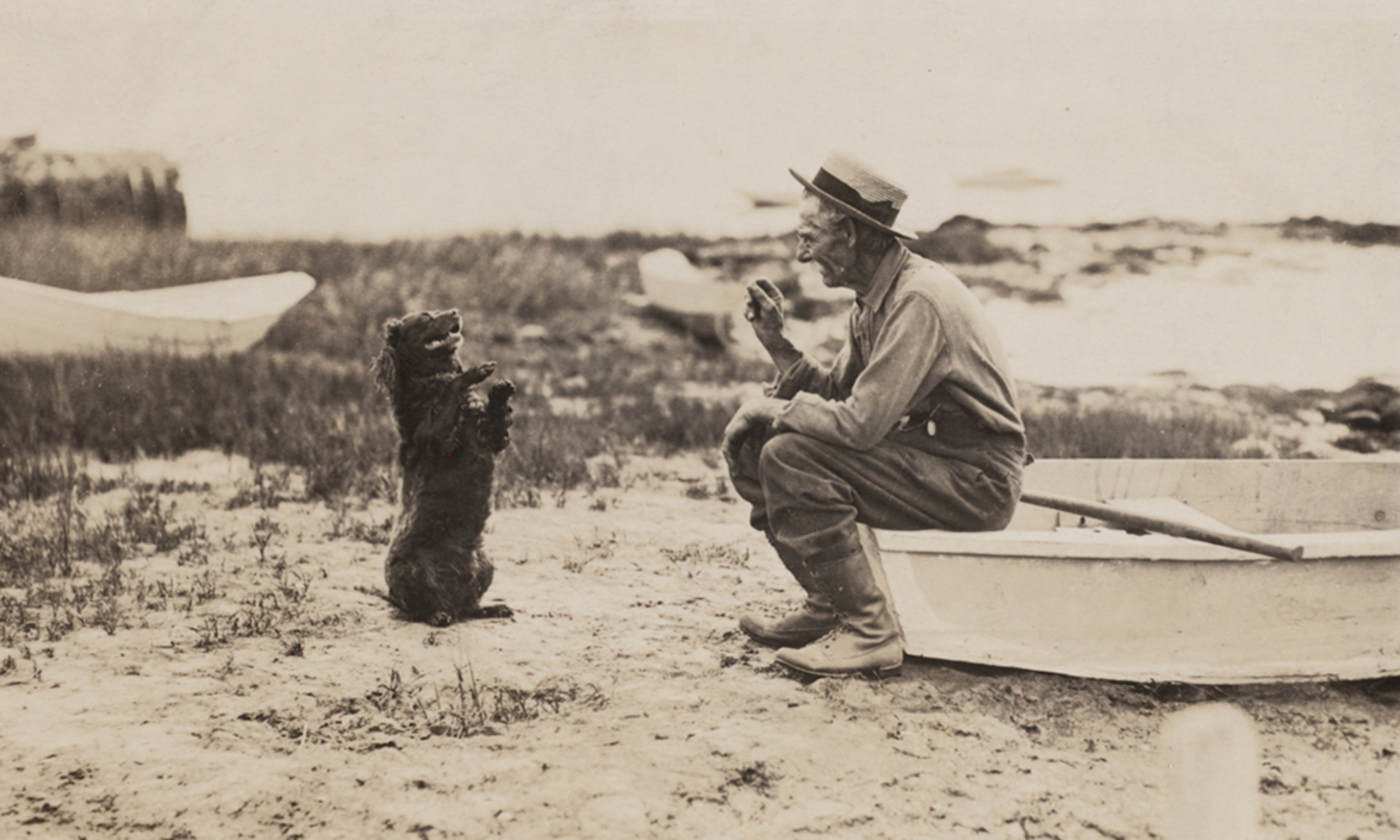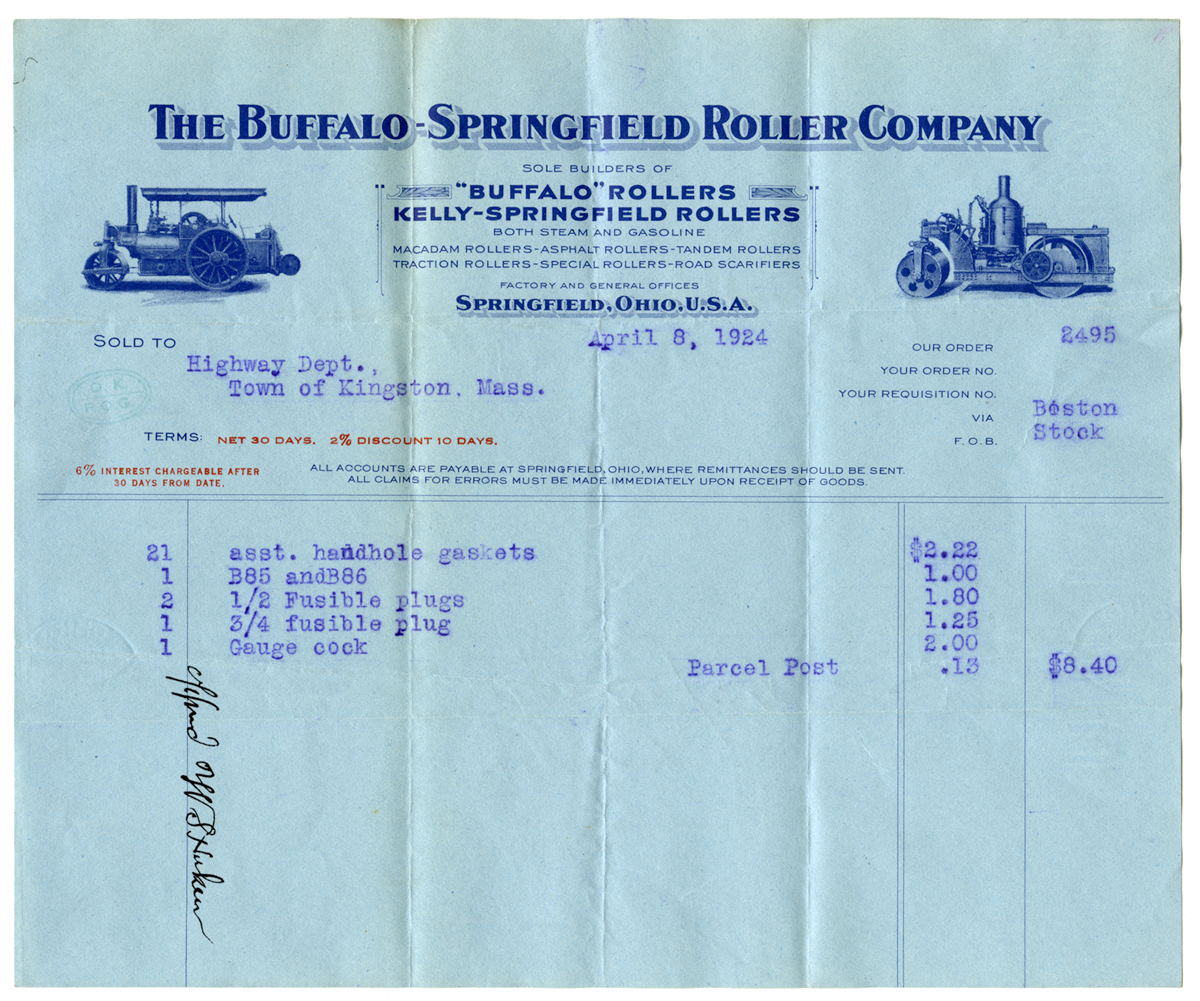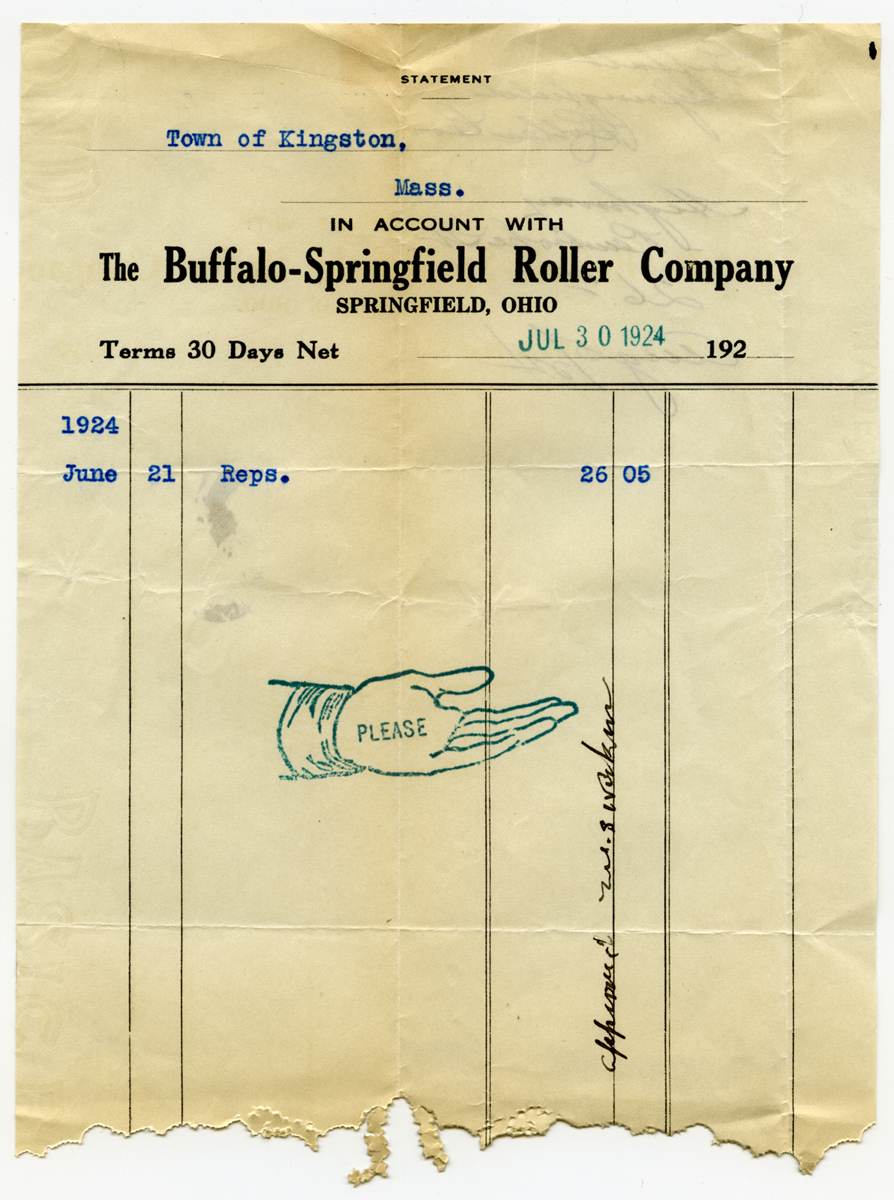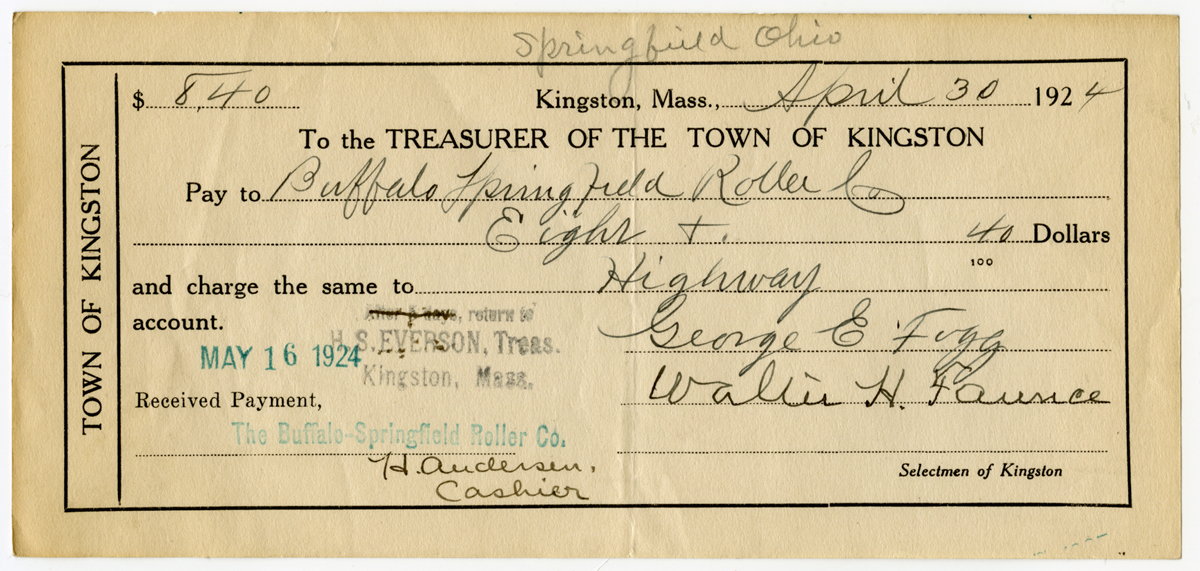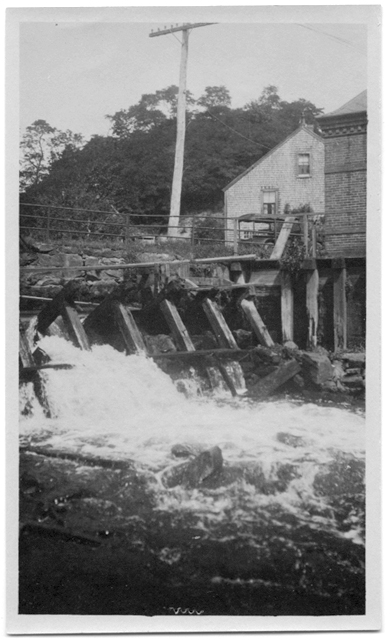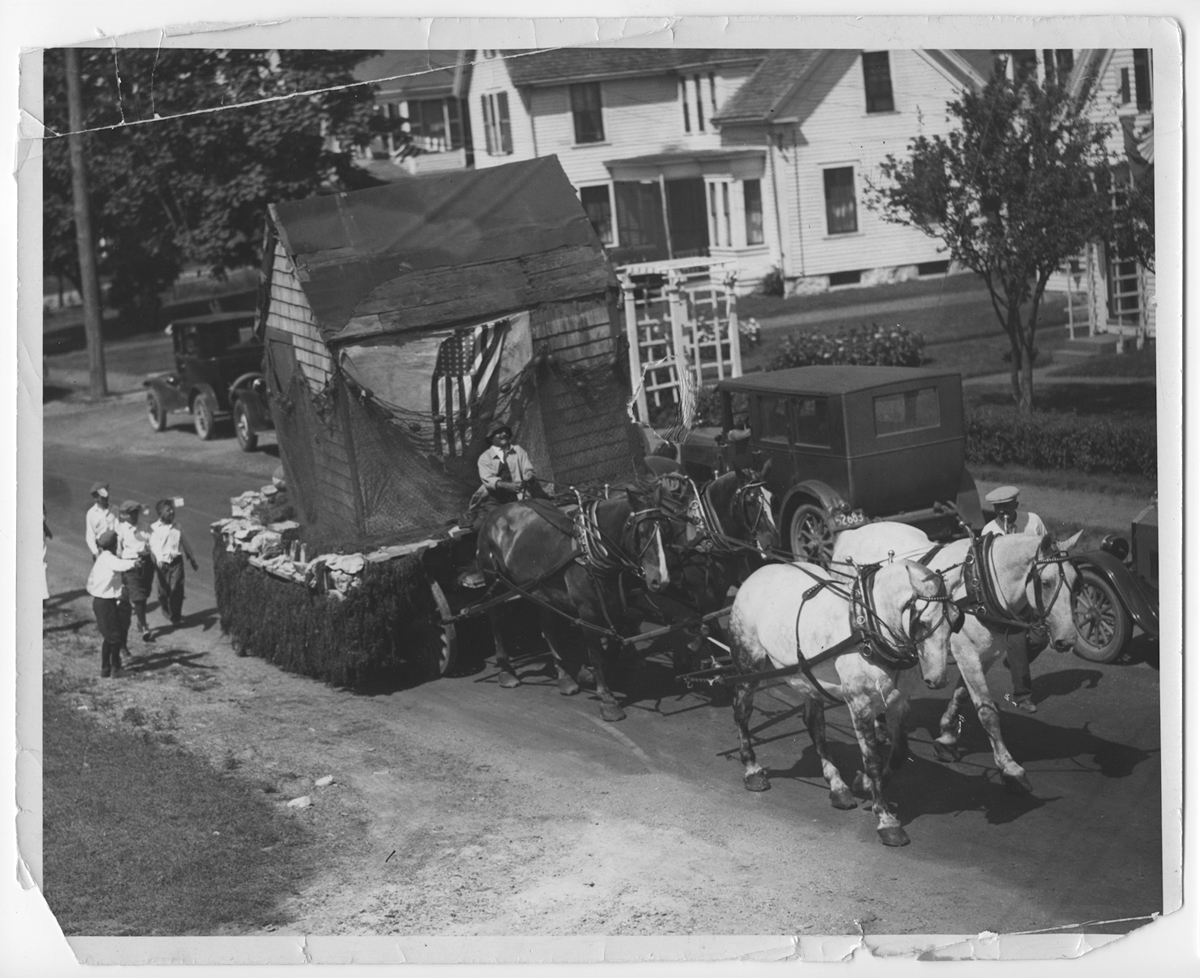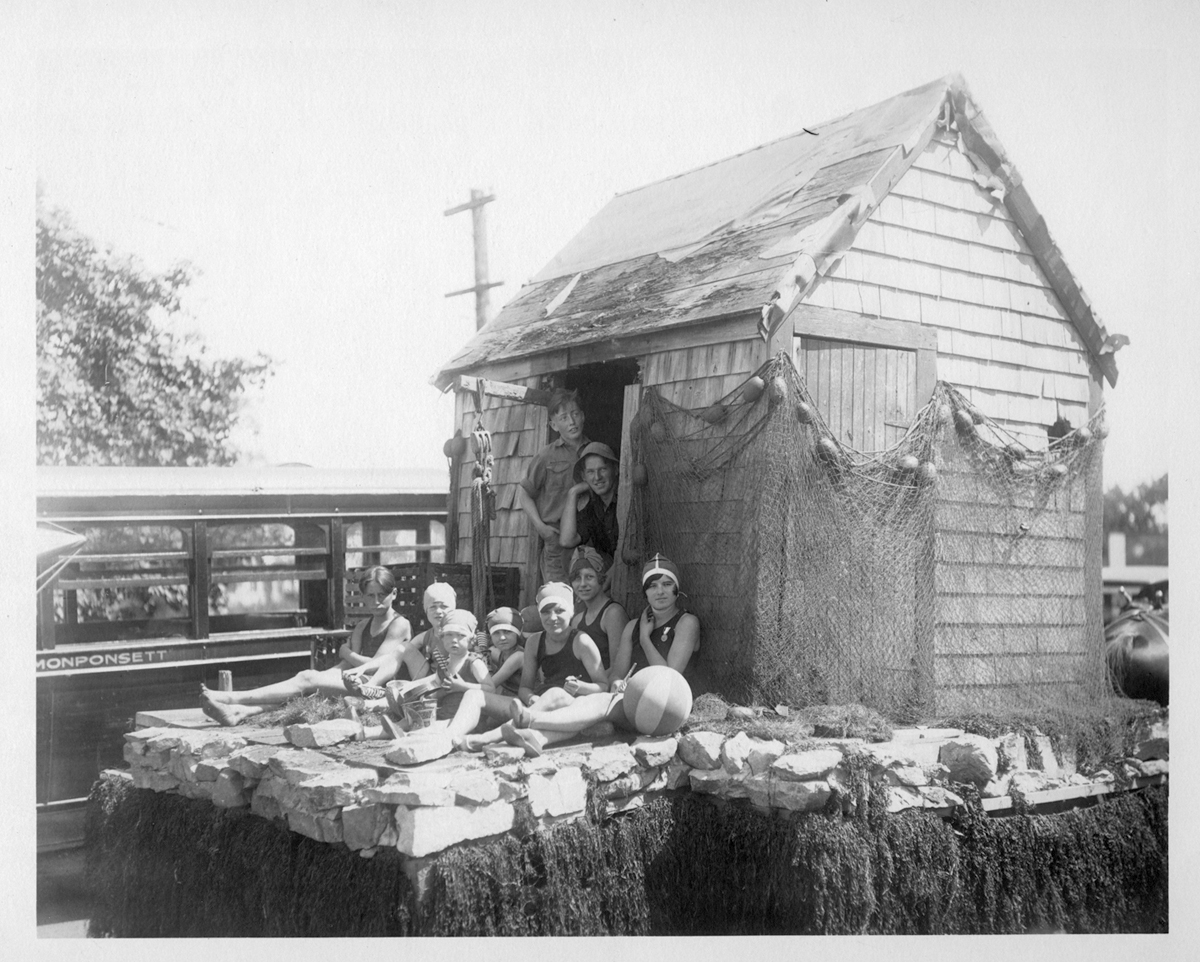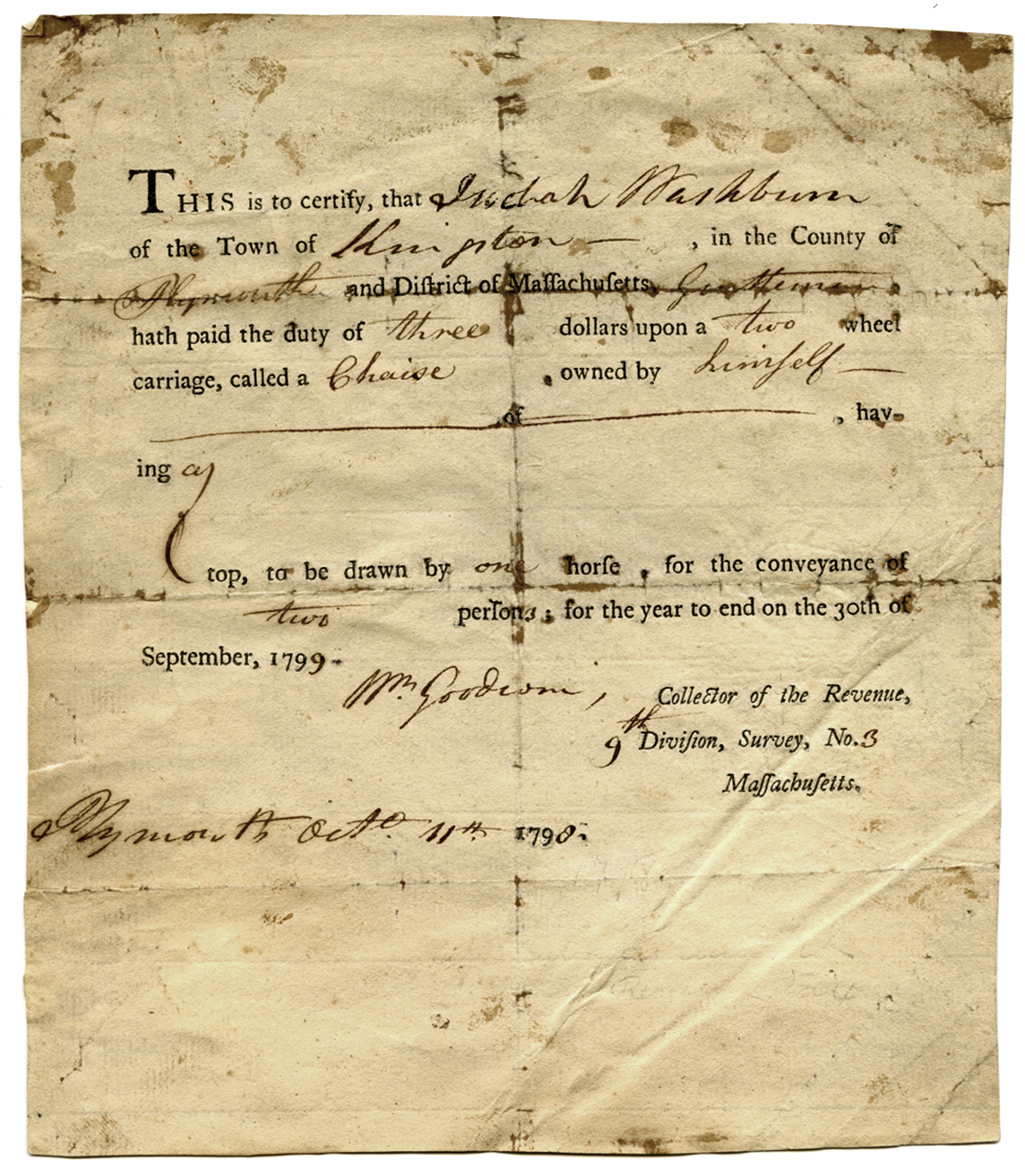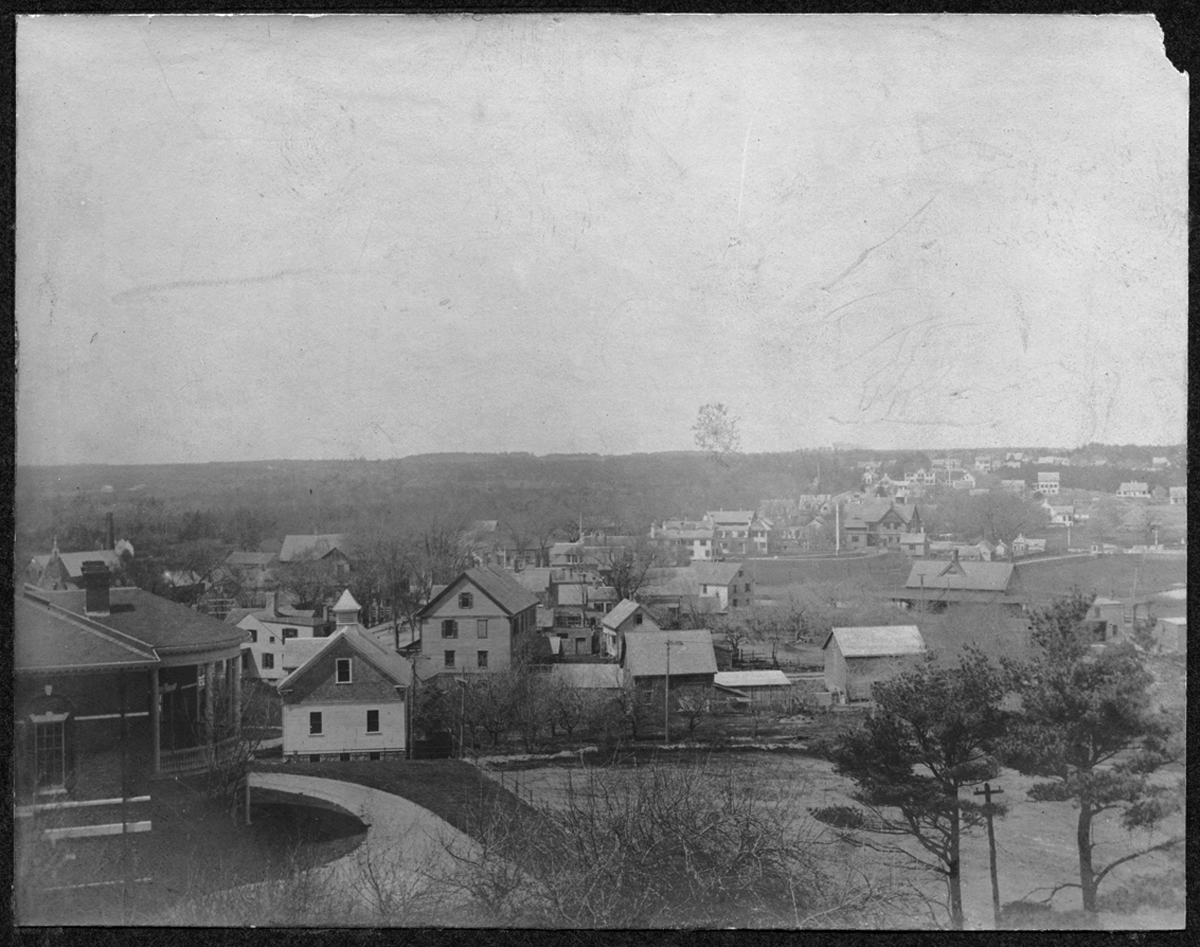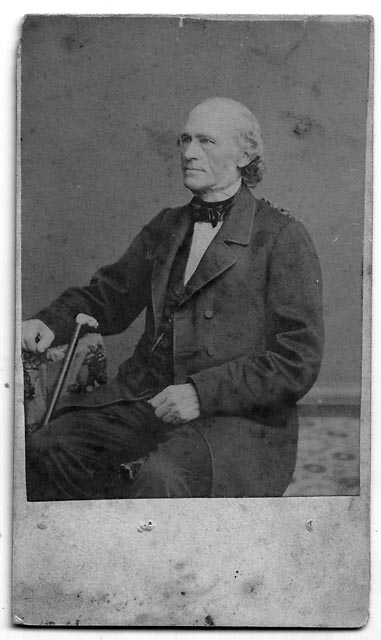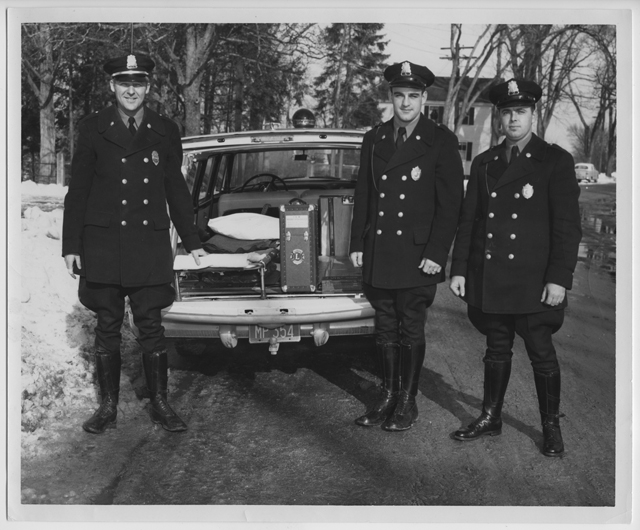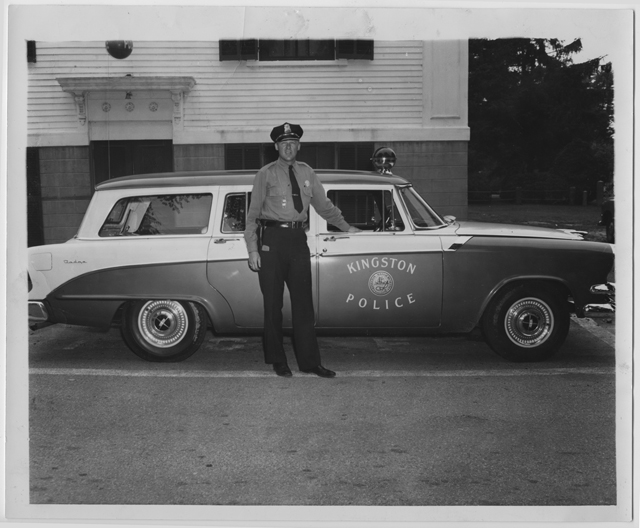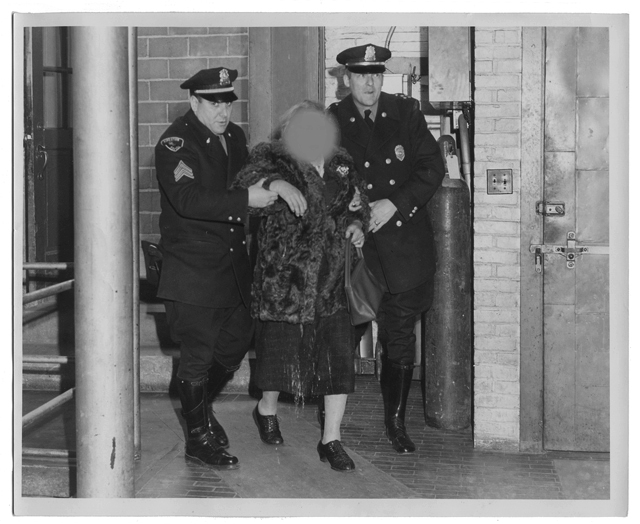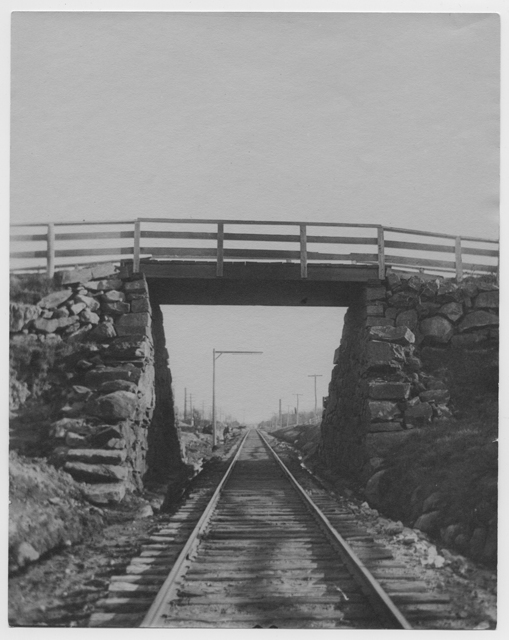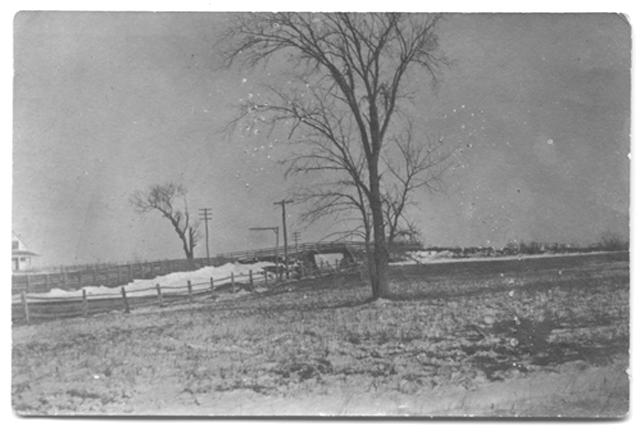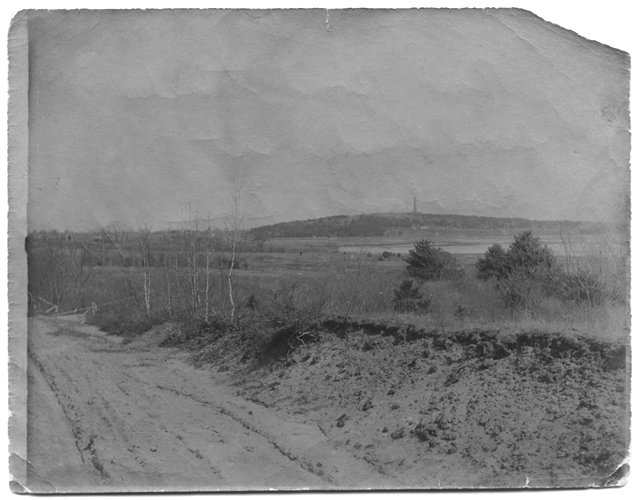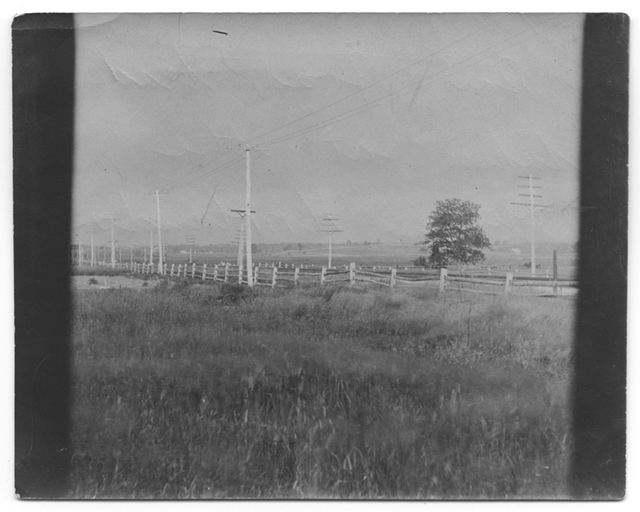Special Town Meeting
At a special Town Meeting held May 28, 1906, the following votes were passed:
Voted that the committee chosen by the Town to settle with the City of Brockton* be authorized to purchase for the town an electric motor or motors of such power and design as in their judgment shall be suitable, and install the same at the pumping station.
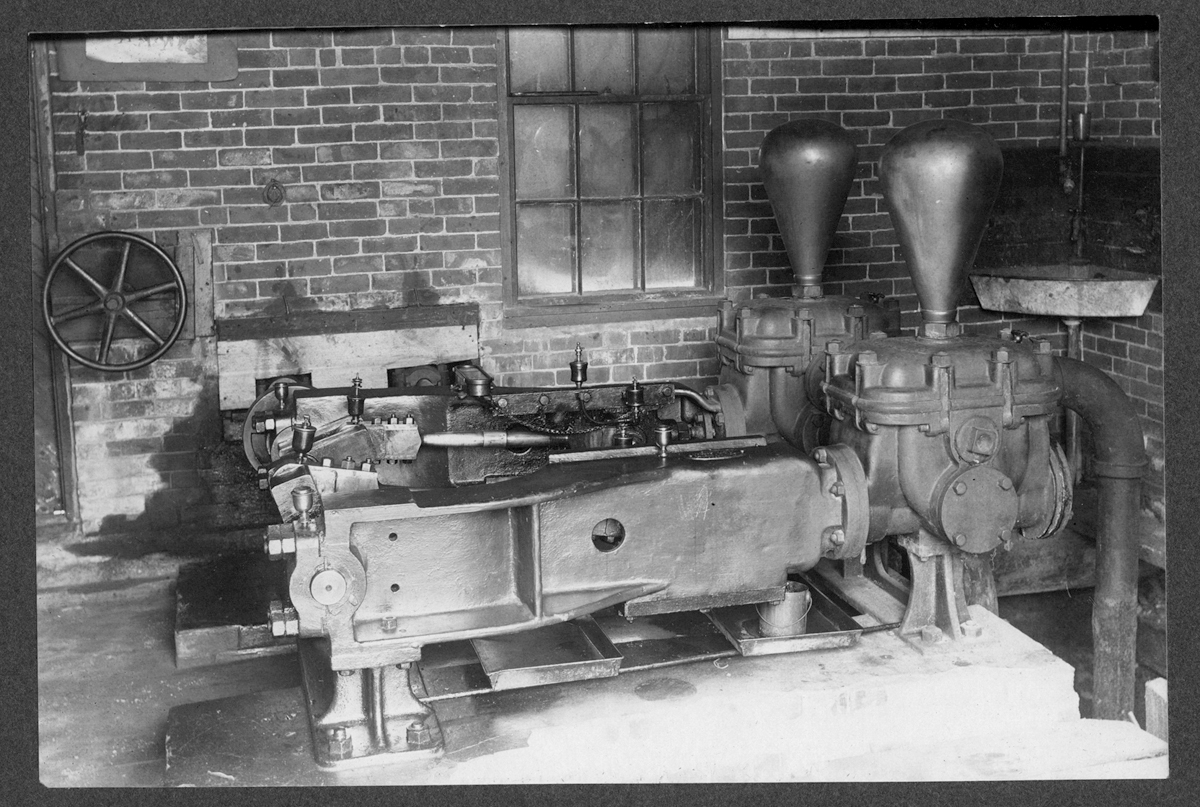
Voted, That the Committee chosen to settle with the City of Brockton be authorized to contract with the Plymouth Electric Light Co. for the extension of the lines of that company to connect with the pumping station.
Voted, That the committee chosen to settle with the City of Brockton be authorized to purchase such additional pumps and other machinery, and other apparatus as may in their judgment be necessary for the proper operation of the pumping station.
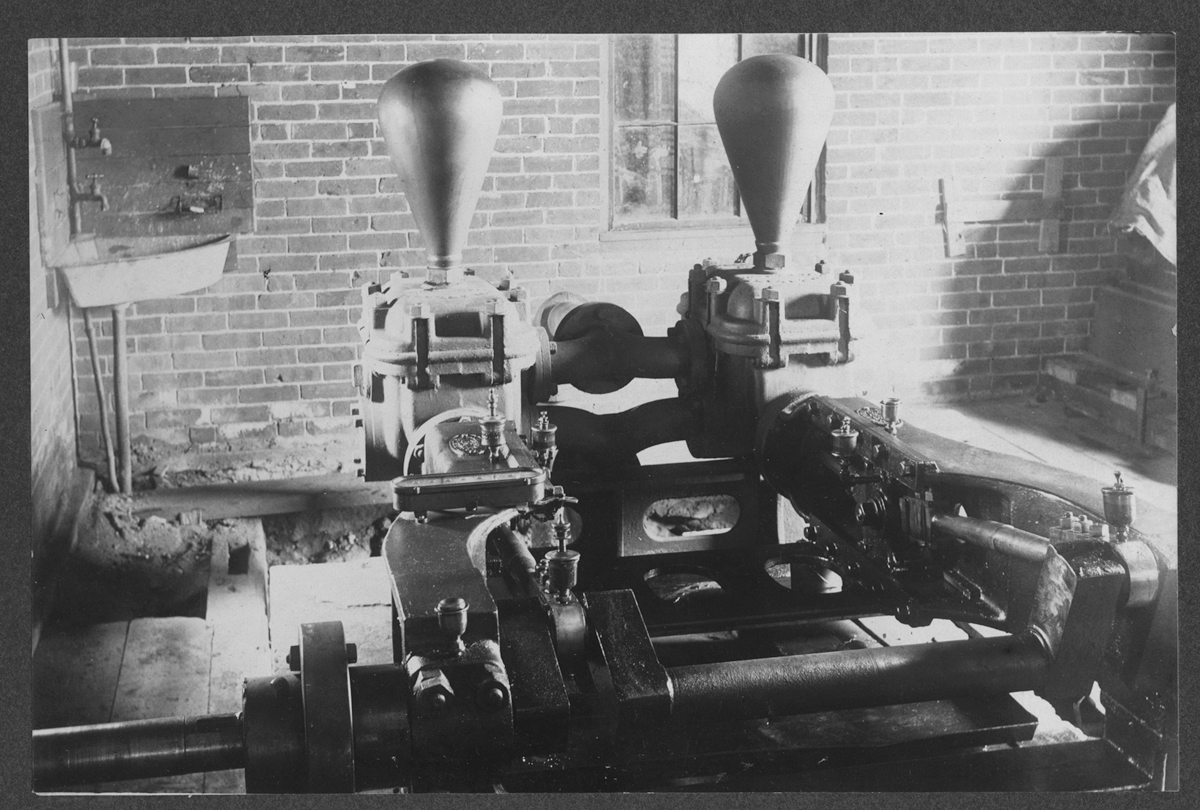
At a meeting held June 29, 1906, the following vote was passed:
Voted, In order to provide money to be expended for the improvement of the water works, including power therefor, as voted at the special town meeting held May 28, 1906, that the Treasurer be, and hereby is, authorized to borrow a sum not exceeding five thousand, five hundred dollars, and to issue therefor the notes of the town each for the sum of five hundred and fifty dollars, bearing interest at a rate not exceeding 4 1/2 per cent. per annum, payable semi-annually, dated August 1st, 1906, and payable on at the end of one year from said date, and one at the end of each year thereafter until all are paid. The said notes are to be signed by the Treasurer, and countersigned by a majority of the Selectmen.
* This committee had been appointed in 1905 and “authorized to settle all claims which the Town has or may have against the City of Brockton for the taking the water of Silver Lake.” Members included the Water Commissioners — George B. Holmes, Edward G. Brown and Truman H. Fuller — along with Charles H. Drew and James L. Hall.
Source: IC-7 LHR General Photographs; Annual Town Reports 1905 and 1906
